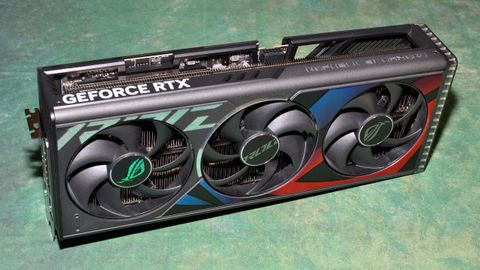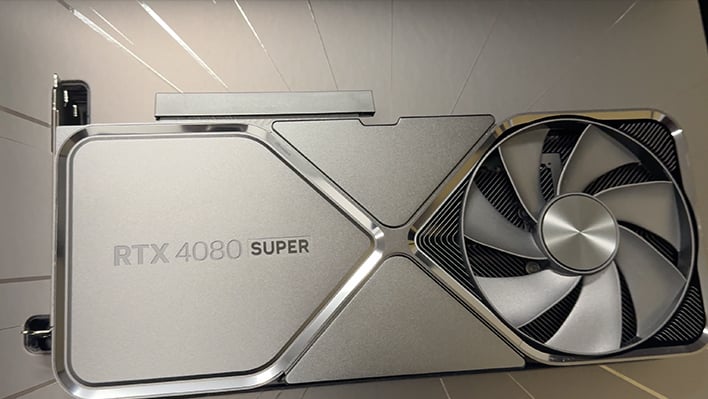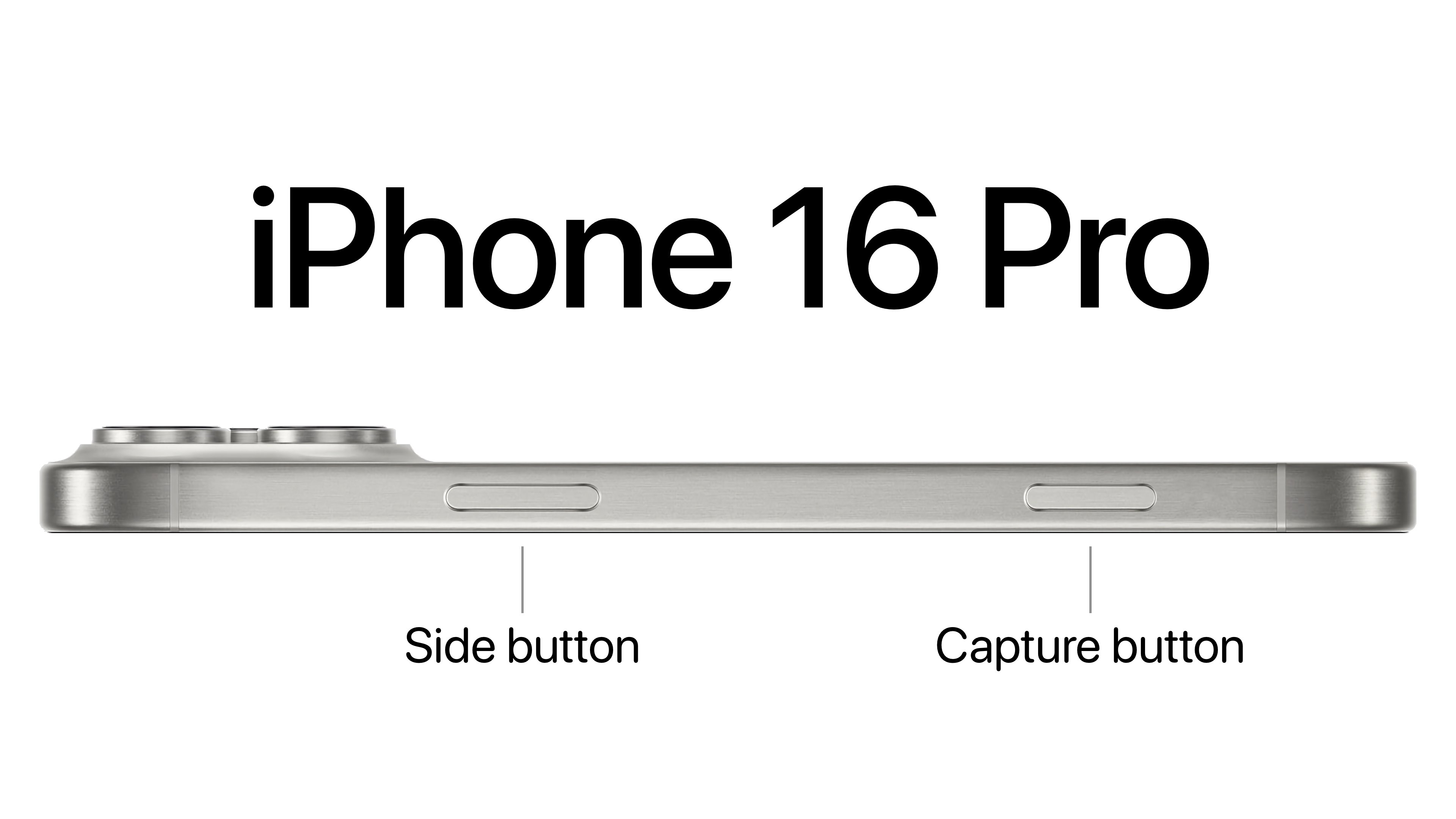QUALCOMM

Following the recent US chip export ban, Qualcomm stated in its financial filing that it is not expecting any product revenue from Huawei after 2024.
The US Department of Commerce revoked Qualcomm’s license to supply “4G and certain other integrated circuit products” including “WiFi products” to Huawei and its affiliates and subsidies.
The move comes after American firms like Qualcomm were barred from selling its 5G chips to Huawei because of the US trade ban imposed in 2019. Now, with this new ban, Qualcomm is essentially unable to provide its main products, smartphone chipsets, to the Chinese giant.
Intel is also affected by the latest ban on chip exports to Huawei. Although Intel clarified that the revocation applies to “certain licenses for export of consumer-related items” to its customers in China.
Since the ban targets consumer-related items, it’s likely that Intel will not supply chips for laptops to Huawei. However, it should still be able to export chips for non-consumer applications, such as those used in data center servers.
In response to the ban, the Chinese foreign ministry strongly objected, stating that China firmly opposes the United States stretching the concept of national security and misusing export controls to unjustly suppress Chinese companies.
Huawei has been under the radar of the US since 2019 when it was first placed on a trade ban list. It prevented American firms from selling their technology, including 5G chips, to the Chinese tech giant.
Further in 2020, the US mandated that foreign companies that are using American chipmaking equipment need to get a license before selling semiconductors to Huawei. These licenses have now been revoked for Qualcomm and Intel.
mundophone




